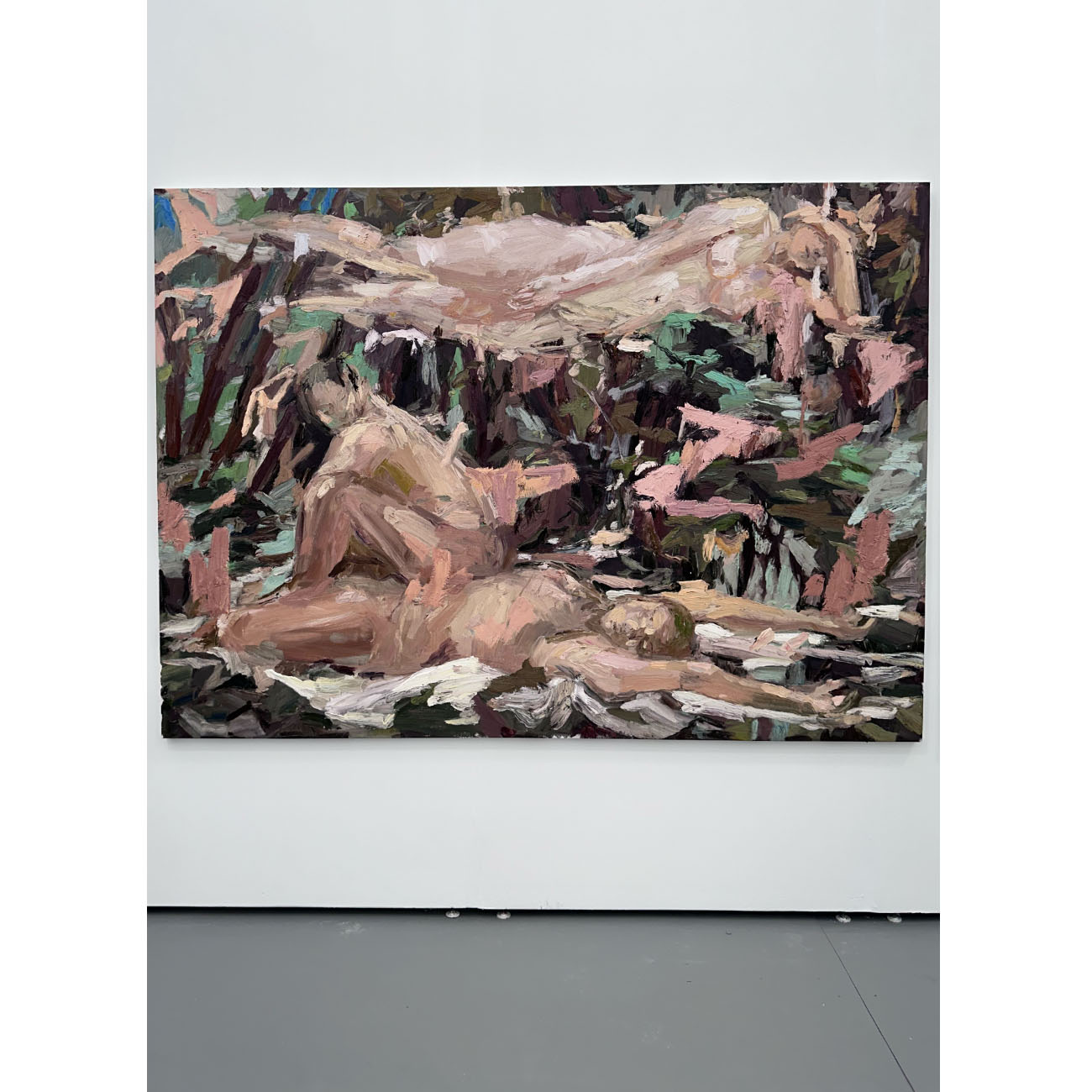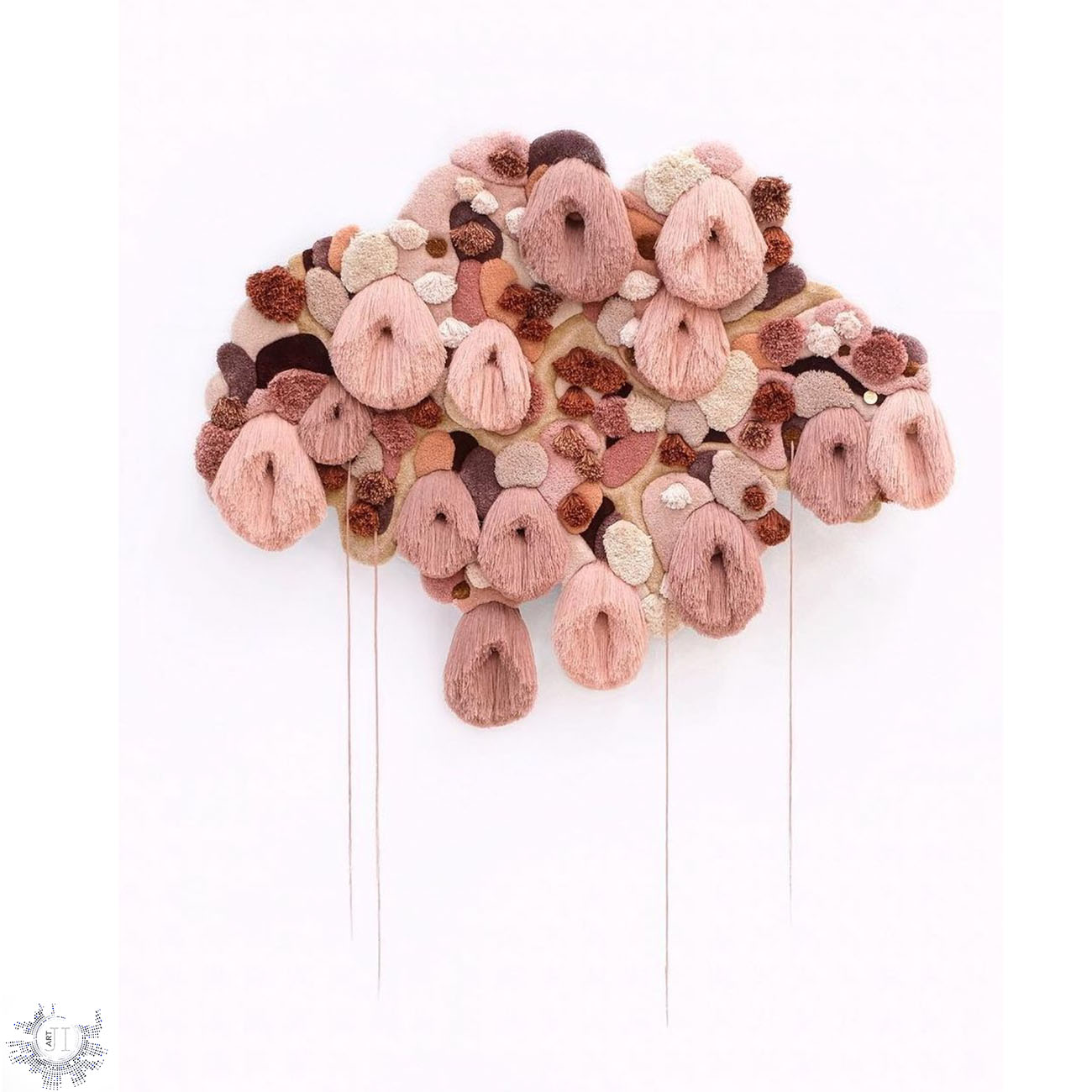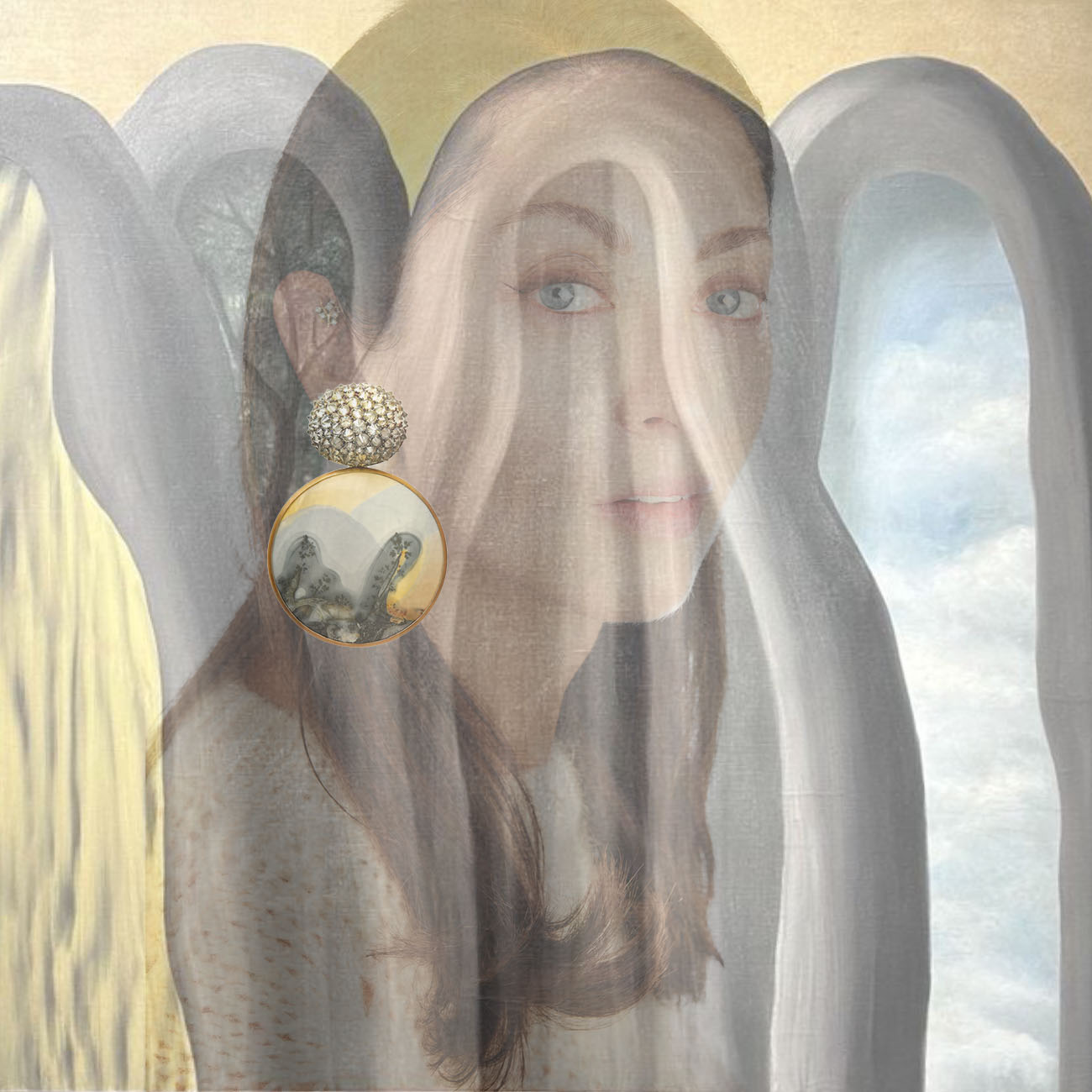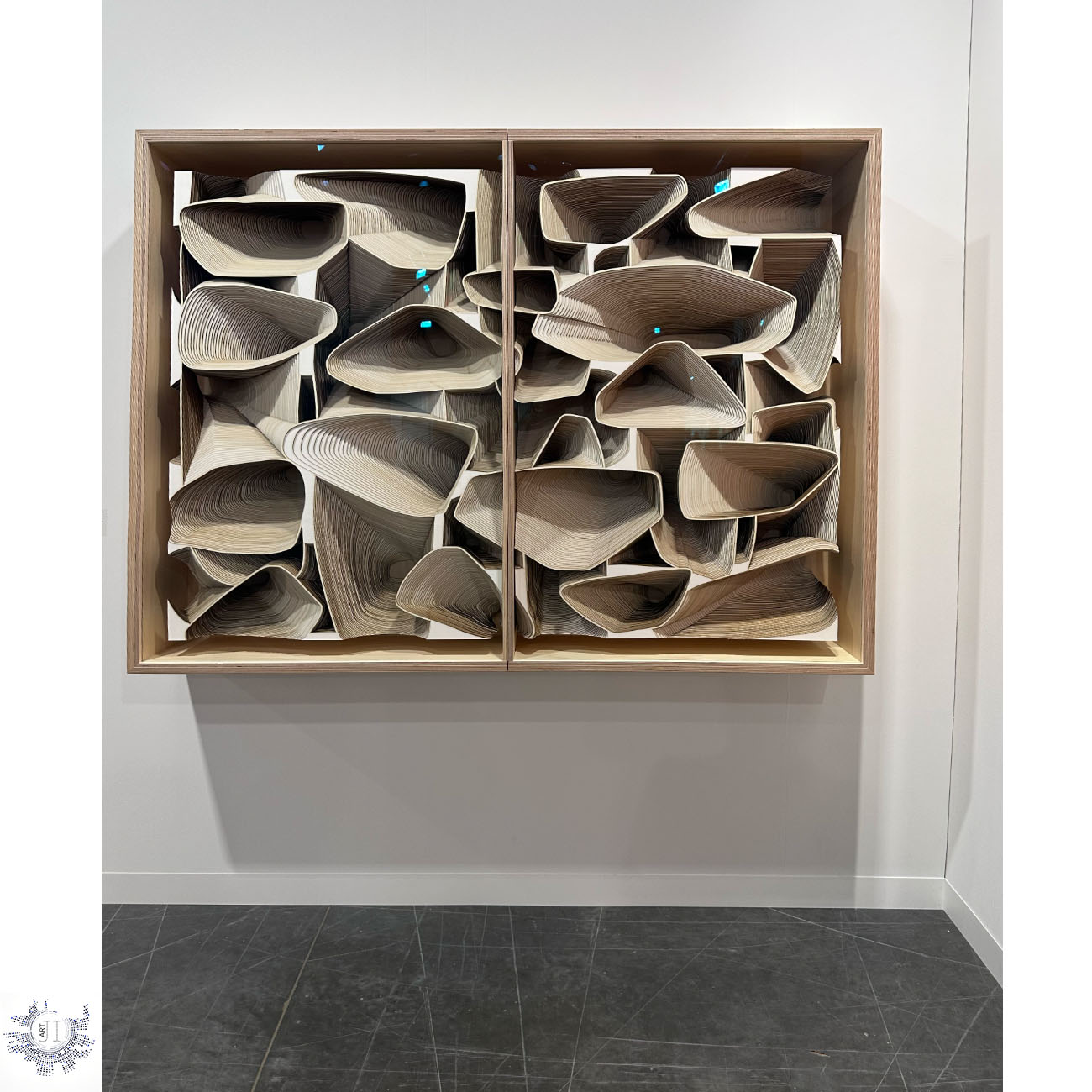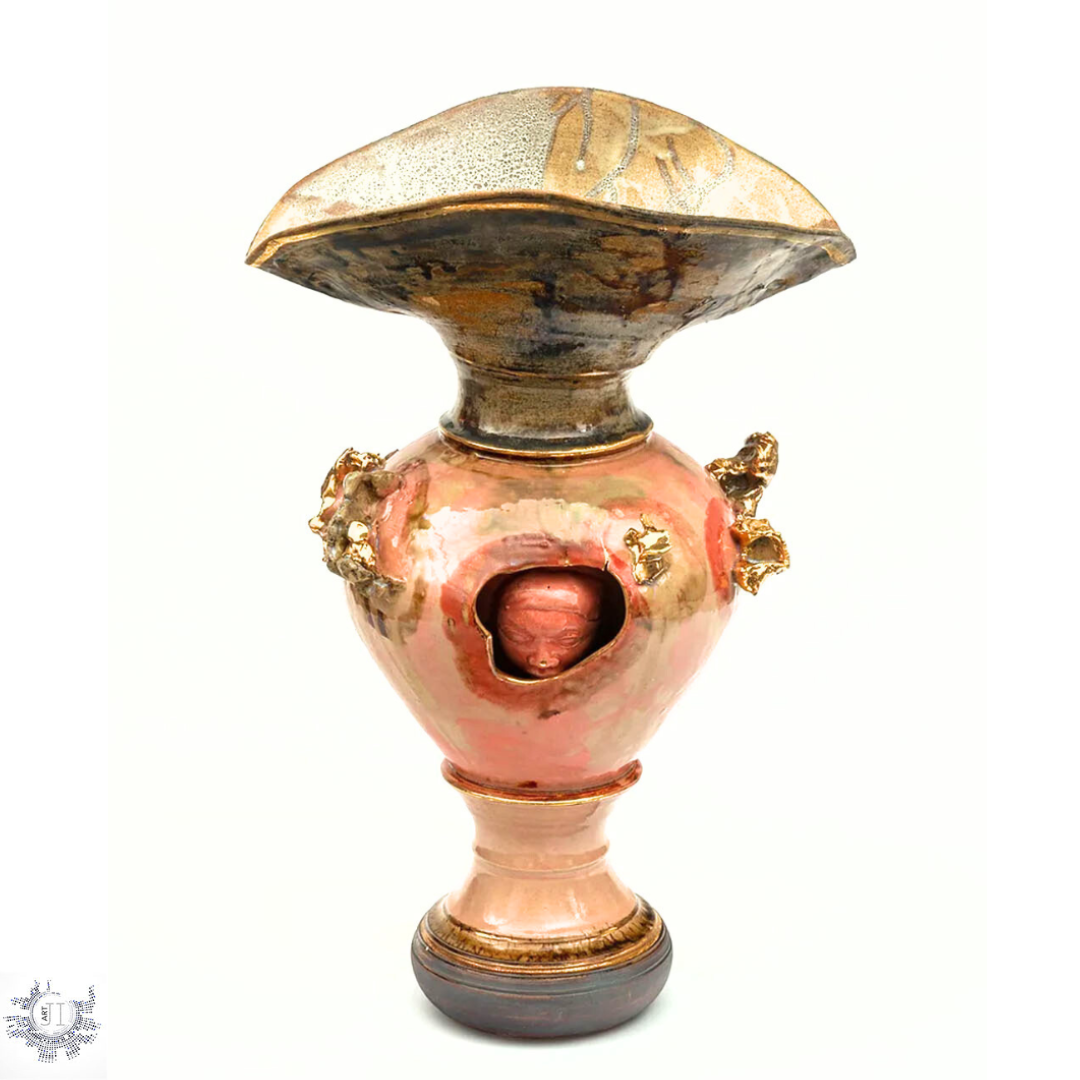EXPLORING CONTEMPORARY CERAMICS: AN INTERVIEW WITH FUNDA BAYSAL

Funda Baysal, a ceramic and model maker based in Rotterdam, brings to ceramics a distinct approach with her exploration of the intricate dynamics between individuals and their surroundings.
Funda’s creative practice is deeply influenced by her observations of daily life and internal sensations. In her process, Funda employs various materials, tools, and methods of heat application, creating pieces that reflect moments of learning and discovery, as well as the time and dedication invested in the craft.



